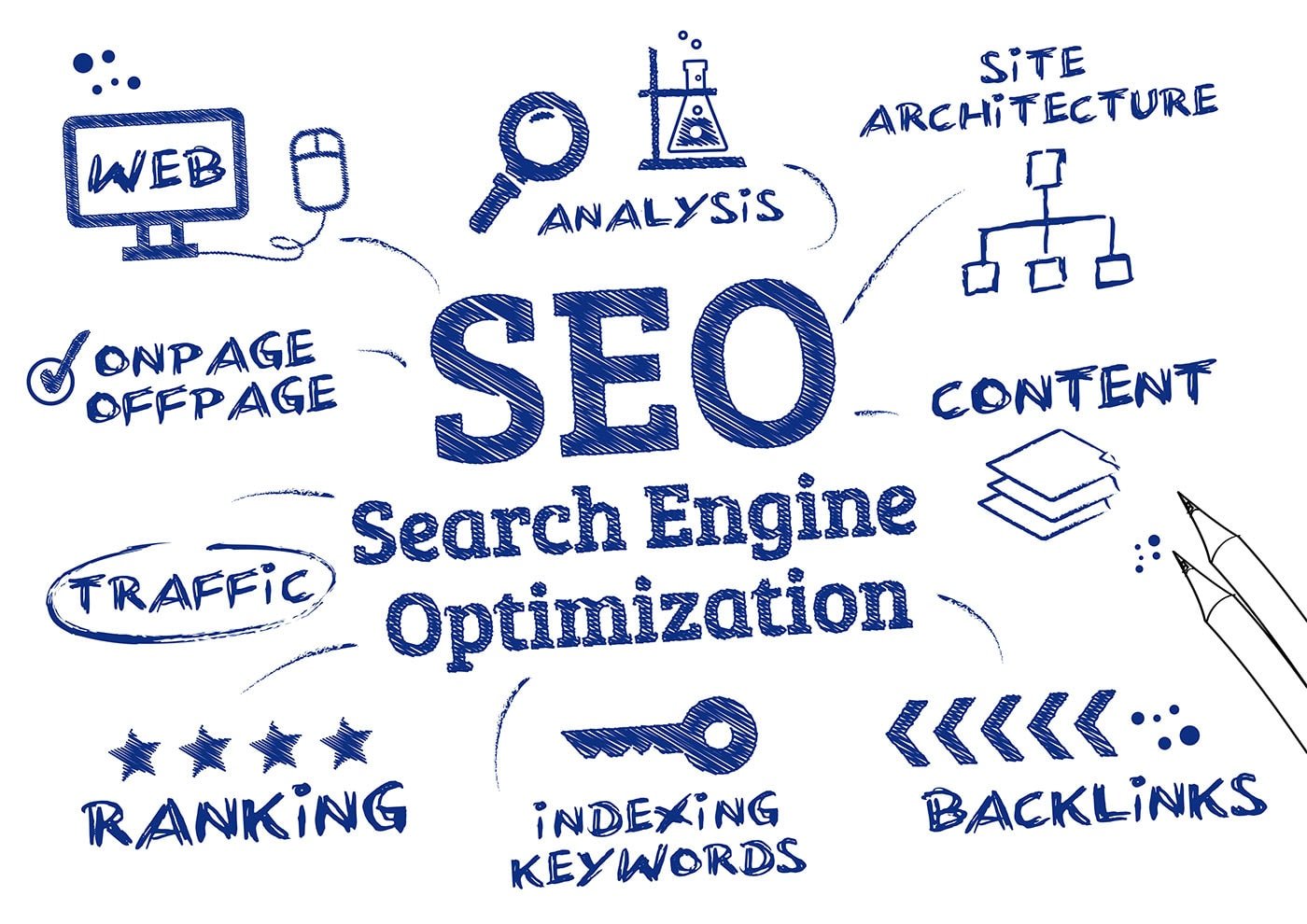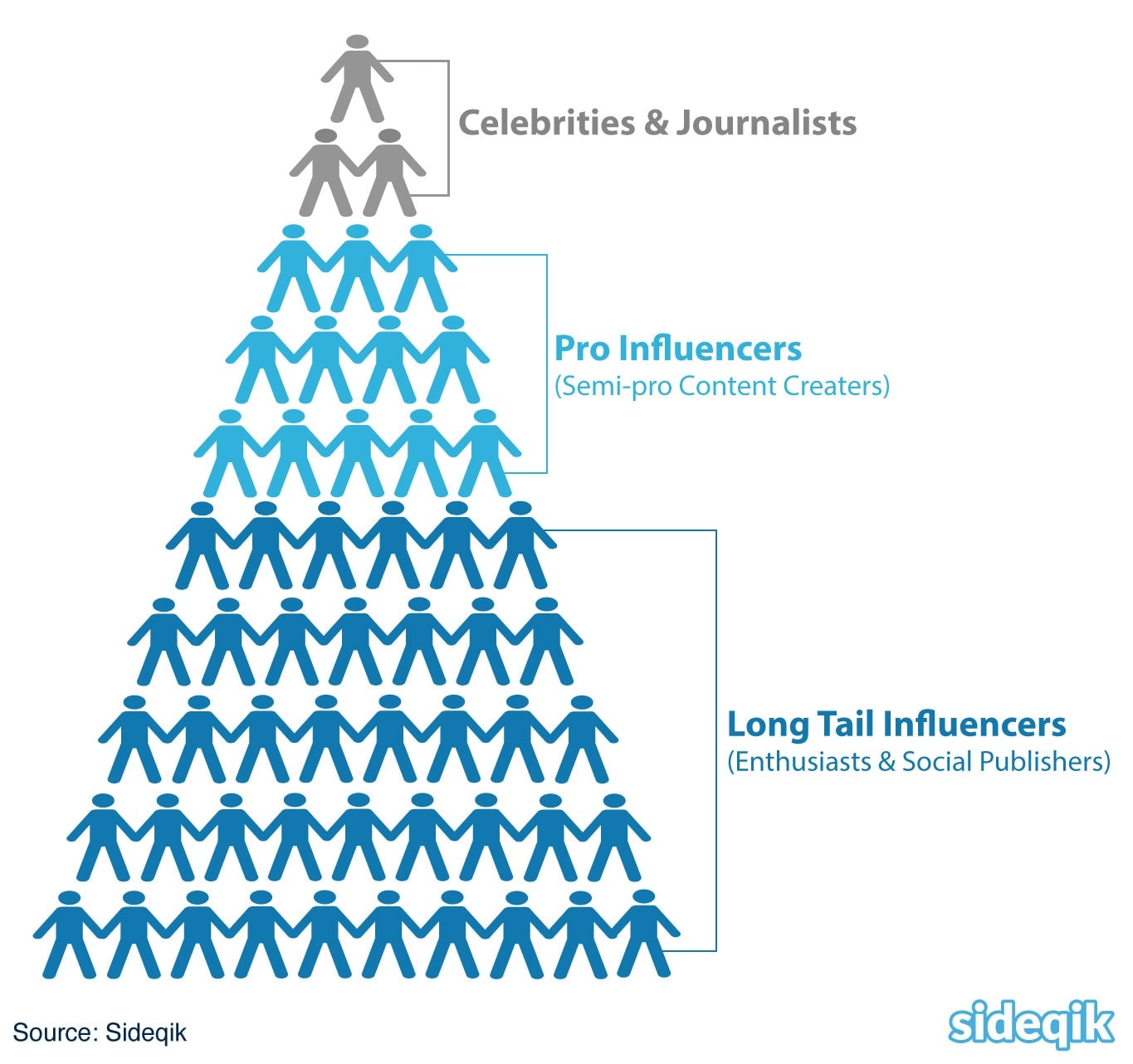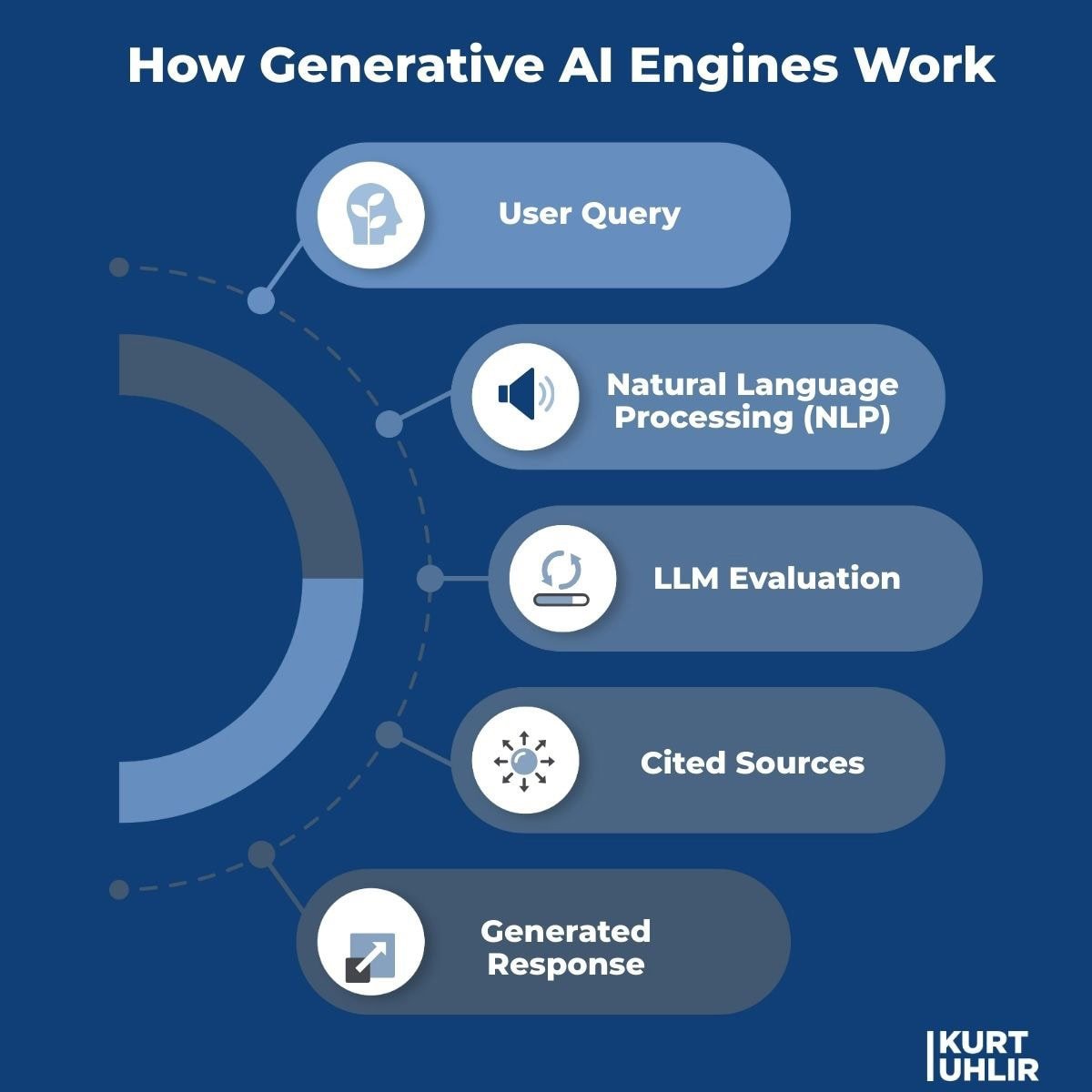Growth Mode vs Scale Mode: How Smart Companies Accelerate at the Right Time
When it comes to business, understanding the difference between growth mode and scale mode is essential. Both phases are crucial for a company’s success, but they require different strategies and mindsets. Growth mode is about expanding steadily, while scale mode focuses on accelerating without a corresponding increase in resources. This article will explore how companies can effectively transition between these two modes, ensuring they are ready to seize opportunities when the time is right.
Key Takeaways
- Growth mode is about steady, linear expansion, while scale mode focuses on rapid, efficient growth without proportional resource increases.
- Timing is key; knowing when to shift from growth to scale can set a company apart in a competitive market.
- Investors have different expectations for growth and scale, impacting how companies approach funding and expansion.
- Operational changes, including technology upgrades and team restructuring, are necessary for successful scaling.
- A resilient mindset is crucial for leaders to navigate the challenges of scaling and to embrace growth opportunities.
Understanding Growth Mode and Scale Mode
Defining Growth in Business
Growth in business is about increasing revenue, market share, and customer base. It often involves exploring new markets, launching new products, and expanding the team. Think of it as planting seeds and nurturing them. It’s about experimentation and finding what works. It’s not always efficient, but it’s necessary for discovering opportunities. For example, a startup might initially focus on market exploration to identify its ideal customer.
Characteristics of Growth Mode
Growth mode is characterized by rapid experimentation, flexibility, and a willingness to take risks. Innovation is key, and processes are often fluid and adaptable. Here are some common traits:
- High investment in marketing and sales.
- Focus on acquiring new customers.
- Iterative product development.
In growth mode, the primary goal is to validate the business model and find a repeatable, scalable formula for success. It’s about learning and adapting quickly, even if it means making mistakes along the way.
When to Focus on Growth
You should focus on growth when you have a promising product or service but haven’t yet proven its market viability. It’s the time to test different strategies, gather customer feedback, and refine your approach. It’s also crucial when entering a new market or launching a new product line. If you’re not sure if your product will resonate with customers, or if you’re still figuring out your pricing strategy, you’re likely in growth mode. The transition from growth mode vs scale mode requires careful consideration of market conditions and internal capabilities.
The Transition from Growth to Scale
Recognizing the Right Time to Scale
Knowing when to shift from a growth-focused strategy to one emphasizing scaling a business is critical. It’s not just about revenue; it’s about readiness. Are your systems strained? Is customer service suffering? Are you constantly putting out fires? These are signs you might need to consider how to scale a business. Scaling too early can be as detrimental as scaling too late. Look for indicators like consistent profitability, a proven business model, and a strong team before making the leap.
Key Differences Between Growth and Scale
Growth and scale are often used interchangeably, but they’re distinct concepts. Growth is about adding revenue, while scale is about adding revenue without a proportional increase in costs. Think of it this way:
- Growth: Adding more salespeople to increase sales.
- Scale: Implementing automation to handle a higher volume of sales with the same number of salespeople.
| Feature | Growth Mode | Scale Mode |
|---|---|---|
| Focus | Revenue generation | Efficiency and optimization |
| Cost Increase | Proportional to revenue | Sublinear to revenue |
| Risk Tolerance | Higher | Lower |
| Key Metrics | Sales, marketing ROI | Customer acquisition cost (CAC), LTV/CAC |
Understanding the growth vs scale stage is essential for making informed decisions.
Challenges in Transitioning
The transition from growth to scale isn’t always smooth. One common challenge is maintaining quality as you expand. Another is adapting your organizational structure to support a larger operation. You might also encounter resistance from employees who are used to the “old way” of doing things. It’s important to address these challenges proactively by:
- Clearly communicating the reasons for the change.
- Investing in training and development.
- Seeking growth vs scale stage consutling to guide the process.
Many companies fail during this transition because they don’t adapt their mindset. They continue to operate as a small startup, even though they’re now a much larger organization. This can lead to inefficiencies, communication breakdowns, and ultimately, a failure to achieve sustainable growth. It’s important to embrace change and be willing to experiment with new approaches.
Don’t underestimate the importance of understanding what does scaling a business mean and how it impacts your team and operations. It’s more than just growth vs scale up; it’s about building a sustainable and efficient organization that can thrive in the long term. Consider the impact of sublinear vs superlinear growth and efficiency of scale on your business model as you plan your transition.
Investor Perspectives on Growth vs Scale
How VCs View Growth and Scale
Venture capitalists (VCs) are often focused on high-growth potential, especially in early-stage companies. They look for businesses that can demonstrate rapid user acquisition and revenue growth, even if it means sacrificing short-term profitability. VCs understand that scale vs growth are different, and they prioritize companies that can achieve exponential growth. They are comfortable with higher risk in exchange for the possibility of outsized returns. VCs want to see a clear path to market dominance and a business model that can be replicated efficiently.
Growth Equity vs. Private Equity
Growth equity firms invest in more mature companies that have already proven their business model and are looking to scale up vs growth. These firms typically take a minority stake and provide capital to fuel expansion, improve operations, or make strategic acquisitions. Private equity, on the other hand, often involves acquiring a controlling stake in a company and implementing significant operational changes to improve profitability. Growth equity investors are generally more focused on revenue growth, while private equity investors prioritize cost optimization and efficiency improvements. The key difference lies in the stage of the company and the level of intervention required.
Investor Expectations During Scaling
During the scaling phase, investors expect to see a company maintain its growth trajectory while also improving its operational efficiency. This means implementing systems and processes that can support increased volume without sacrificing quality or customer satisfaction. Investors closely monitor key metrics such as customer acquisition cost (CAC), customer lifetime value (LTV), and churn rate to assess the sustainability of growth. They also want to see a strong management team in place that can effectively manage the complexities of a larger organization. Ultimately, investors expect the company to demonstrate a clear path to profitability and long-term value creation as it continues to scale a business vs growth.
Investors want to see that the company is not just growing for the sake of growth, but that it is building a sustainable and profitable business. This requires a shift in mindset from prioritizing growth at all costs to focusing on efficient and sustainable scale up vs growth stage.
Operational Adjustments for Scaling
Aligning Processes with Scale Needs
Scaling demands a hard look at existing processes. What worked for a small team won’t cut it when you’re ten times the size. Standardize everything you can. Document workflows, create templates, and implement clear guidelines. This isn’t about stifling creativity; it’s about ensuring consistency and efficiency as you grow. Think about which processes are bottlenecks and address those first.
- Map out your current processes.
- Identify areas for improvement.
- Implement standardized procedures.
Technology’s Role in Scaling
Technology is your best friend during scaling. It’s not just about having the latest gadgets; it’s about using tech strategically to automate tasks, improve communication, and gain insights. Invest in systems that can grow with you. Cloud-based solutions are often a good choice because they offer flexibility and scalability. Don’t be afraid to ditch legacy systems that are holding you back. Consider how operational velocity structuring can help.
Building a Scalable Team
Your team is your most valuable asset, but a small team built for growth might not be the right team for scale. Scaling requires a different kind of talent. You need people who can not only execute but also build and manage larger teams. Focus on hiring individuals with experience in scaling organizations. Invest in training and development to upskill your existing employees. Don’t be afraid to bring in outside expertise when needed.
Scaling isn’t just about adding more people; it’s about building a team that can adapt and thrive in a rapidly changing environment. This means fostering a culture of continuous learning and empowering employees to take ownership.
Here’s a simple framework for thinking about team scalability:
- Assess current skills: Identify gaps in your team’s capabilities.
- Hire strategically: Focus on experience and adaptability.
- Invest in training: Provide opportunities for growth and development.
Mindset Shifts for Successful Scaling

Embracing a Growth Mindset
Adopting a growth mindset is vital. It’s about believing abilities can be developed through dedication and hard work. This is the opposite of a fixed mindset scale, where intelligence and talent are seen as static. A growth mindset encourages learning from failures and seeing challenges as opportunities.
Overcoming Fear of Growth
Growth can be scary. It means change, uncertainty, and new challenges. Leaders must confront this fear head-on.
- Acknowledge the fear.
- Identify the root causes.
- Develop strategies to mitigate risks.
Leaders should foster open communication to address concerns and build confidence within the team. This creates a supportive environment where employees feel safe taking risks and embracing change.
Cultivating Resilience in Leadership
Scaling isn’t always smooth. There will be setbacks, mistakes, and unexpected obstacles. Resilience is the ability to bounce back from these challenges. It’s about learning from failures and using them as stepping stones to success. Leaders must model resilience, demonstrating perseverance and a positive attitude even in tough times. This inspires the team to stay motivated and committed, even when things get difficult.
The Role of Technology in Scaling
Leveraging Automation for Efficiency
Automation and artificial intelligence are no longer a luxury; they’re a necessity for companies aiming to scale. Think about it: repetitive tasks eat up valuable time and resources. By automating these processes, businesses can free up their workforce to focus on more strategic initiatives. This not only boosts efficiency but also reduces the risk of human error. Automation can be applied across various departments, from marketing and sales to customer service and operations. For example, automated email campaigns can nurture leads, while chatbots can handle basic customer inquiries. This allows for a streamlined workflow and improved productivity.
- Automate repetitive tasks.
- Reduce human error.
- Free up employees for strategic work.
Automation tools are constantly evolving, so it’s important to stay updated on the latest advancements and how they can be applied to your specific business needs. Don’t be afraid to experiment and find the right solutions that fit your company’s goals.
Data-Driven Decision Making
Scaling without data is like driving blindfolded. You need clear insights to make informed decisions. Data analytics tools provide a comprehensive view of your business performance, allowing you to identify trends, patterns, and areas for improvement. Data-driven decision making ensures that resources are allocated effectively and strategies are optimized for maximum impact. For example, analyzing customer data can reveal which marketing campaigns are most successful, or which product features are most popular. This information can then be used to refine your approach and drive growth. Consider these ecommerce KPIs to track your business’s performance.
| Metric | Description | Importance |
|---|---|---|
| Customer Churn | Rate at which customers stop doing business | Indicates customer satisfaction and loyalty |
| Conversion Rate | Percentage of visitors who make a purchase | Measures the effectiveness of sales efforts |
| CAC | Cost of acquiring a new customer | Helps optimize marketing spend |
Integrating Scalable Solutions
Choosing the right technology infrastructure is crucial for supporting growth. Scalable solutions are designed to handle increasing workloads and demands without compromising performance. This means investing in systems that can adapt and expand as your business grows. Cloud-based platforms are a popular choice because they offer flexibility, scalability, and cost-effectiveness. Scalable solutions should also be integrated seamlessly with existing systems to avoid disruptions and ensure data consistency. This might involve migrating to a new CRM, implementing an enterprise resource planning (ERP) system, or adopting a microservices architecture. The goal is to create a technology ecosystem that can support your business’s evolving needs.
- Choose cloud-based platforms for flexibility.
- Ensure seamless integration with existing systems.
- Invest in systems that can adapt to increasing demands.
Case Studies of Successful Scaling

Lessons from High-Growth Companies
Examining companies that have successfully navigated the transition from growth to scale provides valuable insights. Consider companies like Slack, Meta, Dropbox, and Trello. These companies achieved hypergrowth by creating environments that fostered innovation and adapting to rapid expansion. Their success often hinges on a combination of factors, including strong leadership, innovative products, and effective marketing strategies.
Analyzing Failures in Scaling
It’s equally important to study companies that stumbled during scaling. Failures often stem from premature scaling, inadequate infrastructure, or a lack of market understanding. For example, GoPro laid off 200 people and lost its head of content, which questioned the efficacy of an owned media strategy leading the marketing operation. Analyzing these missteps helps identify potential pitfalls and develop strategies to avoid them.
Best Practices from Industry Leaders
Industry leaders often share best practices that can be applied across various sectors. These practices include:
- Prioritizing customer experience.
- Investing in technology to automate processes.
- Building a scalable team with the right talent.
Companies should focus on creating a scalable business model that balances short-term and long-term goals. This involves continuous learning and adaptation to market changes.
Real-life examples like Amazon, Netflix, and Airbnb illustrate the power of scalable growth strategies. These companies have achieved significant success by investing in technology and prioritizing customer experience, showcasing how effective growth tactics can lead to substantial market impact. Understanding these business scaling strategies is crucial for achieving scalibility and sustained success.
Preparing Your Team for Scale
Training for Scalability
Scaling requires a team equipped with the right skills. Invest in training programs that focus on new technologies and processes. This ensures employees can handle increased workloads and complexity. Cross-training is also important, allowing for flexibility and redundancy within teams. Consider these training approaches:
- Technical Skills: Provide training on new software, tools, and platforms.
- Process Optimization: Teach employees how to streamline workflows and improve efficiency.
- Leadership Development: Equip managers with the skills to lead larger teams and drive performance.
Fostering a Culture of Innovation
A culture of innovation is essential for sustained growth. Encourage employees to experiment, take risks, and share ideas. Create an environment where failure is seen as a learning opportunity, not a setback. This can be achieved through:
- Idea Submission Platforms: Implement systems for employees to submit and develop new ideas.
- Innovation Challenges: Host regular challenges to encourage creative problem-solving.
- Recognition Programs: Reward employees for innovative contributions.
By promoting innovation, you ensure your team is constantly adapting and improving, which is crucial for long-term scalability.
Empowering Employees During Growth
Empowerment is key to keeping employees engaged and motivated during periods of rapid change. Give them autonomy, trust them to make decisions, and provide them with the resources they need to succeed. This includes:
- Clear Roles and Responsibilities: Define roles clearly to avoid confusion and overlap.
- Decision-Making Authority: Grant employees the authority to make decisions within their areas of expertise.
- Access to Information: Ensure employees have access to the data and information they need to make informed decisions. Consider how to acquire essential skills to help your team grow.
Sustainable Growth Strategies

Balancing Short-Term and Long-Term Goals
It’s easy to get caught up in immediate gains, especially when scaling. However, sustainable growth requires a balance. Short-term wins should fuel long-term vision, not overshadow it. Think of it like planting a tree: you need to water it now, but you’re doing it for the shade it will provide years later. It’s about making smart choices today that don’t compromise tomorrow’s potential. For example, investing in team training might hurt the budget this quarter, but it pays off in increased efficiency and innovation down the road.
Creating a Scalable Business Model
A scalable business model isn’t just about handling more volume; it’s about doing so efficiently. It’s about building a system that can grow without requiring a proportional increase in resources. Think about automation and standardization. Can you streamline processes? Can you replicate successes? A good scalable model is like a well-oiled machine, ready to adapt and expand as needed. It’s not just about doing more; it’s about doing it smarter. Here are some key elements:
- Standardized processes
- Automated workflows
- Modular product/service design
A truly scalable business model is one where revenue can increase exponentially while costs increase linearly. This requires careful planning and a focus on efficiency at every stage of growth.
Measuring Success Beyond Revenue
Revenue is important, sure, but it’s not the whole story. Sustainable growth means looking at a broader range of metrics. Are you retaining customers? Is employee satisfaction improving? Are you building a strong brand reputation? These factors contribute to long-term success just as much as, if not more than, raw revenue numbers. Don’t just chase the money; build a business that’s valuable in multiple ways. Consider these metrics:
- Customer Retention Rate
- Employee Satisfaction Score
- Brand Equity
Navigating Market Changes During Scaling
Adapting to Competitive Pressures
Scaling intensifies competition. New rivals emerge, and existing ones become more aggressive. Companies must proactively monitor the competitive landscape. This means understanding competitor strategies, pricing, and product development. Regularly reassess your competitive advantages and be ready to adjust your approach. For example, if a competitor launches a similar product at a lower price, you might need to:
- Improve efficiency to reduce costs.
- Differentiate your product through added features or better service.
- Focus on a niche market where you have a stronger position.
Understanding Customer Needs
As you scale, it’s easy to lose touch with individual customer needs. Maintaining a strong connection with your customer base is vital. Use data analytics to track customer behavior and preferences. Gather feedback through surveys, focus groups, and social media monitoring. This information helps you:
- Refine your marketing strategies.
- Improve your product or service.
- Identify new opportunities for growth.
Customer needs evolve. What worked during the growth phase might not work during scaling. Continuously seek to understand your customers’ changing expectations and adapt accordingly.
Responding to Industry Trends
Industries are constantly evolving due to technological advancements, regulatory changes, and shifts in consumer behavior. Staying ahead of these trends is essential for sustainable scaling. This involves:
- Monitoring industry publications and reports.
- Attending industry conferences and events.
- Networking with other professionals in your field.
Being proactive allows you to anticipate changes and adjust your strategy before they impact your business. For instance, if there’s a growing demand for sustainable products, you might need to incorporate eco-friendly practices into your operations. Maintaining product-market fit is key to long-term success.
The Future of Growth and Scale
Emerging Trends in Business Scaling
The future of business scaling is being shaped by several emerging trends. One significant trend is the rise of hypergrowth, where companies experience compound annual growth rates of 40% or higher for multiple years. This requires leaders to adapt quickly and innovate constantly. Another trend is the increasing importance of data-driven decision-making, where companies analyze data to gain insights and optimize their strategies. Finally, there’s a growing emphasis on sustainable growth, balancing short-term gains with long-term viability.
The Impact of Globalization
Globalization continues to play a crucial role in business scaling. Companies are increasingly looking to expand into new markets to fuel growth. This requires them to adapt their products and services to meet the needs of different cultures and regions. Globalization also presents challenges, such as navigating complex regulatory environments and managing diverse teams. To succeed, companies must develop a global mindset and build strong international partnerships.
Preparing for Future Challenges
To prepare for future challenges, companies need to focus on building resilience and adaptability. This includes:
- Investing in employee training and development to ensure they have the skills needed to succeed in a rapidly changing environment.
- Fostering a culture of innovation to encourage employees to come up with new ideas and solutions.
- Developing robust risk management strategies to mitigate potential threats.
Companies must also be prepared to embrace new technologies and business models to stay ahead of the competition. The ability to anticipate and respond to change will be critical for success in the future.
Conclusion: Finding the Right Balance

Finding the right balance between growth mode and scale mode is not a one-time decision but a continuous process of adaptation and learning. It requires a deep understanding of your business, market dynamics, and internal capabilities. It’s about knowing when to push for growth and when to consolidate and scale.
Integrating Growth and Scale Strategies
Integrating growth and scale strategies means understanding that they aren’t mutually exclusive. Growth initiatives should always consider scalability, and scaling efforts should fuel further growth. The key is to build a business model that supports both rapid expansion and operational efficiency. Think of it as building a car that can both accelerate quickly and maintain high speeds for long distances. You need both the engine (growth) and the chassis (scale) to work in harmony. For example, consider content innovation to meet unmet needs and build customer relationships.
Continuous Learning and Adaptation
Business environments are constantly changing. What worked yesterday might not work today. Therefore, continuous learning and adaptation are essential. This involves:
- Staying informed about industry trends.
- Monitoring competitor activities.
- Gathering customer feedback.
- Experimenting with new approaches.
A company entrenched in commitments may need to consider flexing. A company whose flexibility diminishes productivity may need to lock in on some commitments. It’s up to us to weigh commitment against flexibility. Over and over. This is the thing that will never be replaced by artificial intelligence or automation. This is our art as business strategists.
The Path to Sustainable Success
Sustainable success isn’t just about achieving high revenue numbers. It’s about building a resilient, adaptable, and ethical business. This involves:
- Prioritizing customer satisfaction.
- Investing in employee development.
- Maintaining financial stability.
- Adopting sustainable practices.
Ultimately, the path to sustainable success lies in finding the right balance between growth and scale, and continuously adapting to the ever-changing business landscape. Companies that achieve hypergrowth often exhibit distinct characteristics that set them apart from other businesses.
Finding the right balance in your business is key to success. Remember, balance is a verb, not a state of zen. It’s important to mix ambition with smart planning. If you want to learn more about how to achieve this balance and grow your company, visit our website for helpful tips and resources!
Final Thoughts on Growth and Scale
Knowing when to shift from growth mode to scale mode can make or break your business. Growth is all about proving there’s a market for what you offer, while scaling is about ramping up without losing your efficiency. It’s a balancing act that requires a clear vision and the right systems in place. So, take a hard look at your operations and your team. Are you ready to scale? If you want to keep moving forward, you need to be prepared. Don’t wait until it’s too late. Make the changes now, and set your company up for sustainable success.
Frequently Asked Questions
What is the difference between growth mode and scale mode?
Growth mode means your business is getting bigger by adding more people and resources. Scale mode is when your business grows faster without needing to add as many resources.
When should a company switch from growth mode to scale mode?
A company should think about switching to scale mode when it has proven there is a demand for its product and is ready to grow more efficiently.
What are some challenges when transitioning from growth to scale?
Some challenges include adjusting your operations, making sure your team is ready, and having the right technology in place to support faster growth.
How do investors view growth and scale differently?
Investors often see growth as a sign of demand and potential, while scaling shows that a company can grow efficiently and sustainably.
What operational changes are needed for scaling?
To scale, companies need to improve their processes, use technology effectively, and build a team that can handle larger operations.
Why is a growth mindset important for scaling?
A growth mindset helps leaders embrace challenges and learn from failures, which is crucial for successfully navigating the scaling process.
How can technology help a business scale?
Technology can automate tasks, provide data for better decisions, and help create systems that can handle more work without needing more people.
What are some best practices for preparing a team for scaling?
Training employees, encouraging innovation, and empowering team members to take on new responsibilities are key to preparing a team for scaling.











